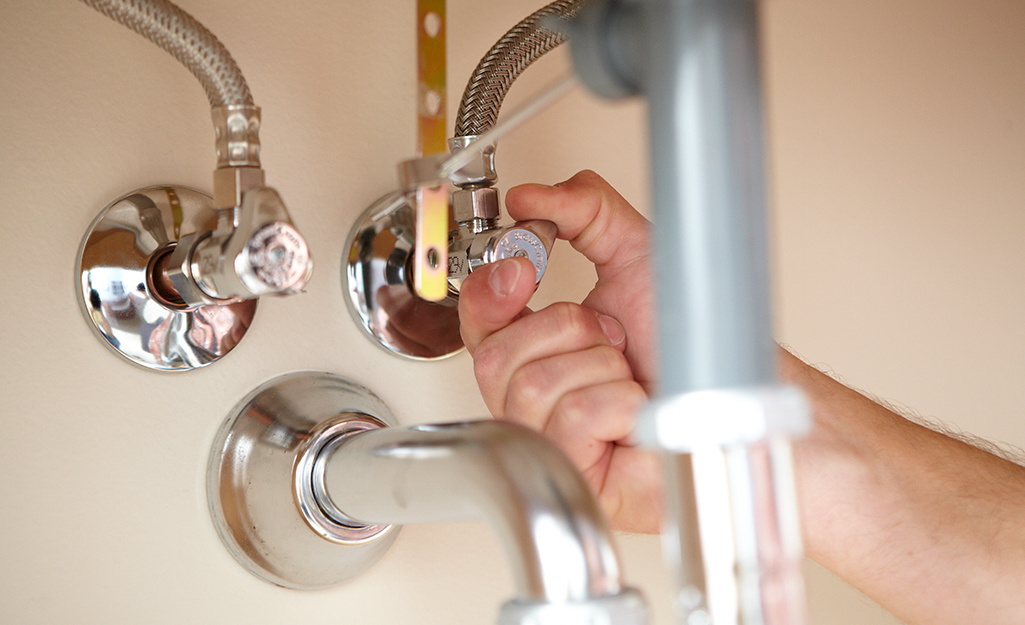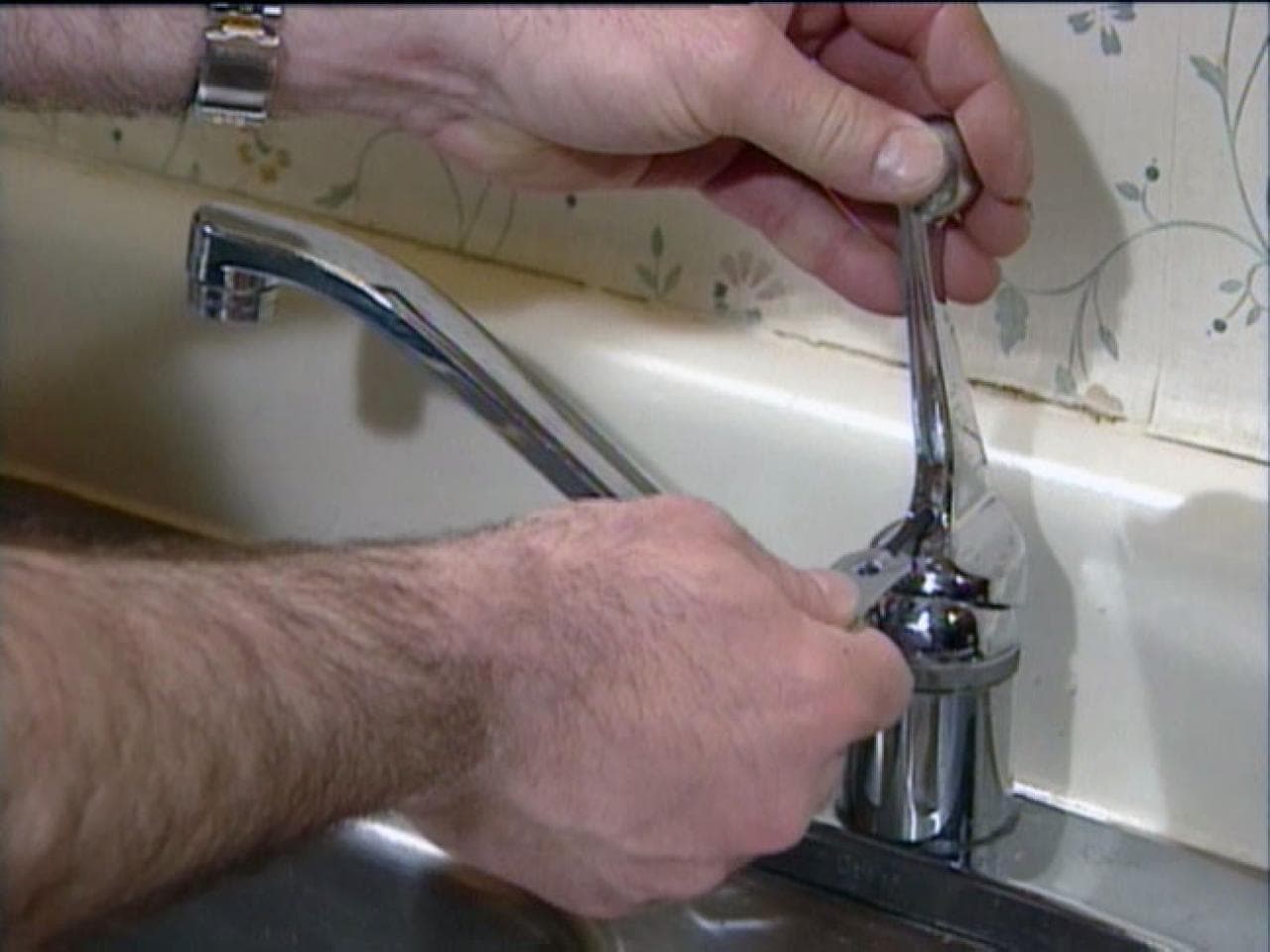Your Importance of Resolving a Malfunctioning Faucet
Your Importance of Resolving a Malfunctioning Faucet
Blog Article
What are your opinions with regards to Why It's Important to Fix Leaky Faucets?

Trickling faucets could seem like a minor aggravation, but their effect surpasses simply the inconvenience of the noise. From drainage to incurring unneeded economic costs and health dangers, neglecting a trickling tap can lead to various consequences. In this short article, we'll explore why it's vital to resolve this usual family problem immediately and successfully.
Waste of Water
Environmental Effect
Dripping faucets add dramatically to water wastefulness. According to the Epa (EPA), a single tap leaking at one drip per second can throw away more than 3,000 gallons of water per year. This not only stress water sources but also influences ecological communities and wild animals based on them.
Financial Costs
Boosted Water Expenses
Past the environmental impact, leaking faucets can pump up water costs significantly. The gathered waste with time equates right into higher utility expenditures, which could have been stayed clear of with timely repair services.
Possible Residential Property Damages
In addition, prolonged dripping can cause harm to components and surfaces surrounding the faucet. Water build-up can create discoloration, corrosion, and even structural issues if left neglected, causing additional repair costs.
Health Issues
Mold and Mildew Growth
The constant presence of moisture from a dripping tap develops an ideal environment for mold and mold development. These fungi not only compromise interior air top quality however also pose wellness dangers, especially for individuals with respiratory problems or allergies.
Waterborne Diseases
Stationary water in leaking faucets can come to be a breeding ground for microorganisms and other pathogens, boosting the risk of waterborne conditions. Contaminants such as Legionella bacteria prosper in stagnant water, potentially bring about major ailments when ingested or breathed in.
DIY vs. Expert Fixing
Pros and Cons of Do It Yourself Fixing
While some may attempt to deal with a dripping faucet themselves, do it yourself fixings include their very own collection of obstacles. Without correct understanding and devices, do it yourself efforts can exacerbate the concern or result in incomplete fixings, lengthening the trouble.
Advantages of Working With a Specialist Plumber
Working with a specialist plumber makes certain that the underlying source of the trickling tap is attended to successfully. Plumbing professionals have the know-how and devices to diagnose and repair tap problems efficiently, conserving time and reducing the risk of more damage.
Step-by-Step Guide to Dealing With a Dripping Faucet
Devices Needed
Before trying to repair a trickling faucet, gather the essential tools, consisting of an adjustable wrench, screwdrivers, substitute parts (such as washing machines or cartridges), and plumber's tape.
Common Faucet Issues and Their Solutions
Recognize the type of tap and the specific problem creating the drip. Typical troubles include worn-out washing machines, rusty valve seats, or malfunctioning O-rings. Describe manufacturer directions or on the internet tutorials for detailed guidance on repair work.
Safety nets
Normal Maintenance Tips
To prevent leaking faucets, do regular upkeep such as cleansing aerators, evaluating for leakages, and changing damaged components without delay. Additionally, consider installing water-saving devices or upgrading to more reliable components.
Value of Prompt Fixes
Resolving leaking faucets as soon as they're seen protects against additional water wastage and prospective damage, inevitably saving both water and money in the future.
Effect On Home Value
Assumption of Well-Maintained Residential Or Commercial Property
Maintaining a property in good condition, consisting of resolving maintenance concerns like trickling faucets, improves its perceived worth and charm amongst prospective purchasers or renters.
Impact on Resale Worth
Qualities with well-kept plumbing components, consisting of faucets, command greater resale values in the realty market. Resolving dripping taps can contribute to a favorable impression throughout home examinations and settlements.
Ecological Responsibility
Private Payment to Preservation
Taking responsibility for fixing leaking taps straightens with broader efforts toward water preservation and ecological sustainability. Every person's activities jointly make a significant impact on protecting valuable resources.
Sustainable Living Practices
By focusing on punctual fixings and taking on water-saving behaviors, people add to lasting living methods that benefit both present and future generations.
Conclusion
Addressing a trickling tap exceeds mere ease; it's a crucial action toward preserving water, decreasing economic expenses, and guarding health and property. Whether with do it yourself repairs or expert aid, taking action to deal with dripping faucets is a little yet impactful means to promote responsible stewardship of resources and add to a much healthier, extra sustainable future.
How to Fix a Leaky Faucet: Step-by-Step Repair Guide
A leaky faucet may seem like a simple annoyance, but if it's not fixed promptly, that leak could cost hundreds to potentially thousands. From water damage to mold, mildew, and high water bills, even a tiny leak can be catastrophic if left unattended. Damage like this can even affect the overall value of your home, so it's important to take the right approach for leaky faucet repair. You may need the help of a plumber in some cases, but we've got a few tips you can try on how to fix a leaky faucet before calling the pros.
Four Faucet Types
When you're learning how to fix a leaky faucet, the first step is knowing what kind of faucet you're working with! There are four common types.
Cartridge Faucets
Cartridge faucets come in one- or two-handled varieties. In one-handled cartridge faucets, hot and cold water combines in a single cartridge. In the two-handled versions, hot and cold water are controlled separately and mixed in the faucet.
Ball Faucets
Ball faucets have a single lever you push up and down to adjust the pressure and rotate to change the temperature. A slotted metal ball controls the amount of water allowed into the spout.
Compression Washer Faucets
They're the oldest type of faucet, but they're still used in many homes — especially older ones. Compression faucets have two separate handles that, when turned, raise or lower the washer that seals a water valve. This valve stops water from flowing through the faucet when it is turned off.
Disc Faucets
Disc faucets rarely need to be repaired due to their maintenance-free design. The water flow is controlled by two discs — the upper one raises and lowers against a fixed lower disc, creating a watertight seal. If your disc faucet starts leaking, you may need to replace the seals or clean residue buildup from the inlets.
Fixing a Leaky Faucet
Step 1: Turn Off the Water
Whether you're learning how to fix a leaky bathtub faucet or how to fix a leaky kitchen faucet, always turn off the water supply to your working area when you're fixing a leak. The last thing you want is a flood added to your list of things to fix.
Look for the shutoff valves below your sink or around the tub and turn them clockwise to stop the water flow. If your faucet doesn't have shutoff valves, you may need to turn off the water for the whole house. Check to make sure it's off by turning the faucet on. If nothing comes out, you're ready to start the repair.
Step 2: Take Apart the Faucet
How you disassemble your faucet depends on the type of fixture you have. You can use a flathead screwdriver to remove the caps on top of the handle or handles for cartridge and compression faucets. Inside, you should see handle screws. Unscrew these with a screwdriver to remove the handle.
Disc- and ball-style faucets will typically have an inlet screw near the handle, and removing that will reveal the interior of the faucet.
Detach the Valve Stem
For cartridge- and compression-style faucets, you'll see the inner valve stem or cartridge once you remove the faucet handles. If you have a compression faucet, unscrew the brass valve stem. If you have a cartridge faucet, pull out the cartridge. If your cartridge has been in place for a while, it may require some tools or extra force to remove it due to mineral deposits.
Examine and Replace Parts
Once you've removed the parts, check them out to confirm what needs to be replaced. You may see corroded rubber washers, O-rings, stems, or cartridges. On a ball-style faucet, check the seats and springs for damage.
If you need to repair a leaky disc faucet, check the inlet and seals on the lower disc.
Once you determine what parts must be replaced, visit your local hardware store. Bring the damaged parts with you to ensure you can purchase the correct components to replace them.
Clean Valves and Faucet Cavity
If you've removed a stem or cartridge, you may notice mineral buildup in the faucet's threads. Use white vinegar to clean the valve seat by soaking it for a few minutes, then scrub it away with a soft toothbrush and rinse with warm water. You can also clean the interior of the faucet in the same way.
Reassemble the Faucet
Once your faucet is cleaned and the required parts have been replaced, it's time to reassemble it. Put the pieces back together and slowly turn the water supply back on. Doing this slowly is crucial because too much initial water pressure can damage the new hardware you've just installed.
https://homewarranty.firstam.com/blog/how-to-fix-leaky-faucet

I have been very serious about Leaky Faucets: Why They Happen & What to Do About Them and I'm hoping you liked the new blog entry. Are you aware of another individual who is enthusiastic about the niche? Why not promote it. I recognize the value of your readership.
Report this page